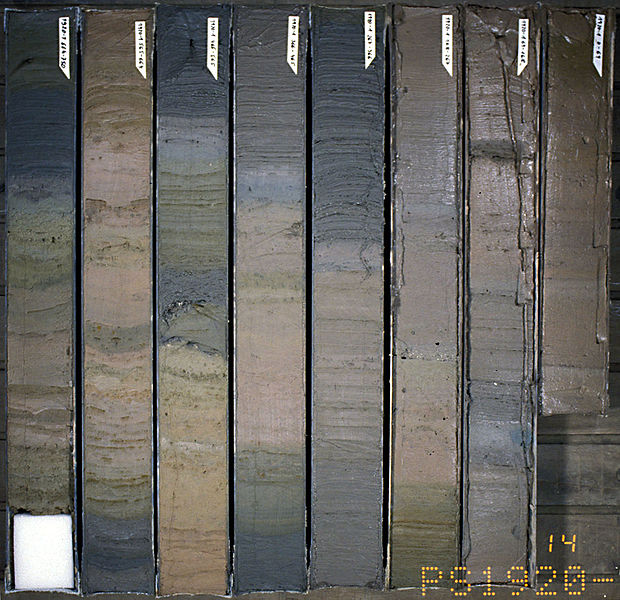
Written by Anne Morée from the Bjerknes Centre and the Geophysical Institute at the University of Bergen.
The past climate system can be studied using marine sediment records like the ones in the picture. Often, records of an isotope of carbon (13C) are used. Anne Morée, Jörg Schwinger and Christoph Heinze show in their latest article that scientists should interpret 13C records as a combined signal of ocean circulation and local biological and chemical processes, and that the Southern Ocean plays a key role in setting the marine 13C distribution.
Reference
Anne L. Morée, Jörg Schwinger, and Christoph Heinze: Southern Ocean controls of the vertical marine δ13C gradient – a modelling study. Biogeosciences, 15, 7205-7223, 2018. https://doi.org/10.5194/bg-15-7205-2018
